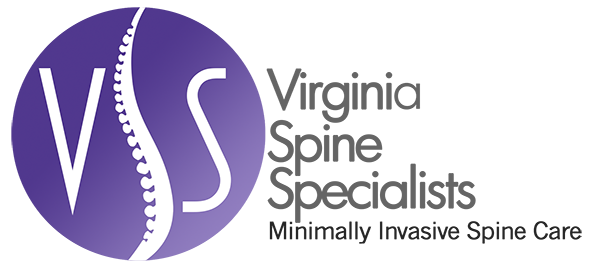Bone Spurs in the Neck: Cervical Osteophytes
As we age, our bodies, and particularly our our bones and joints are the first to degenerate, or break down. 50 percent of people over age 60 suffer from osteophytes, or bone spurs, somewhere in their bodies. Cervical osteophytes are bone spurs that grow on any of the seven vertebrae in the neck or cervical region of the spine. While most bone spurs are benign, in certain cases these osteophytes can cause nerve damage and pain to the surrounding areas, causing more problems than they should.
Cervical osteophytes are formed when ligaments and tendons around cervical joints and bones are damaged or inflamed. This damage negatively impacts surrounding bone growth and as a result, new bone cells are deposited where they typically do not grow. The impaired tissue that causes cervical osteophytes is often caused by cervical osteoarthritis, or arthritis of the neck, and the process in which these bone spurs metastasize is called cervical spondylosis.
Osteophytes alone are usually painless and many people suffering from cervical spondylosis do not suffer any neurological symptoms. However, if the osteophytes begin to infringe upon individual spinal nerves, the spinal cord itself, the vertebral discs, or the blood vessels in the region of the cervical vertebral column, patients will need to seek treatment. Serious symptoms of cervical spondylosis may include:
- Dull neck pain
- Stiff Neck
- Headaches
- Radiating pain into the shoulders and/or arms
- Numbness or tingling in one or both arms and/or hands
- Progressive weakness in one or both arms and/or hands without or without impairment of finger and hand dexterity.
Since the symptoms described above can be caused by a number of other neurological and/or spinal conditions, an accurate diagnosis is needed in order to successfully manage or treat the associated pain or discomfort. Your physician should run a series of tests in addition to taking a full medical history and performing a physical in order to pinpoint the exact source of the osteophytes. While this condition can usually be treated with conservative options, your doctor may recommend surgery in order to completely eradicate the pain caused by bone spurs. To find out which treatment option works best for your condition, contact Dr. Sharma at Virginia Spine Specialists for a consultation.

Categories
Archives
Contact Dr. Mudit Sharma
Phone: (571) 921-4877
Toll Free: (855) 774-6334
Monday – Thursday: 8am – 4pm
Friday: 8am – 2pm
Fredericksburg
4604 Spotsylvania Parkway, Suite 300 Fredericksburg, VA 22408
Manassas
8650 Sudley Road, Suite 315
Manassas, VA 20110-4418
